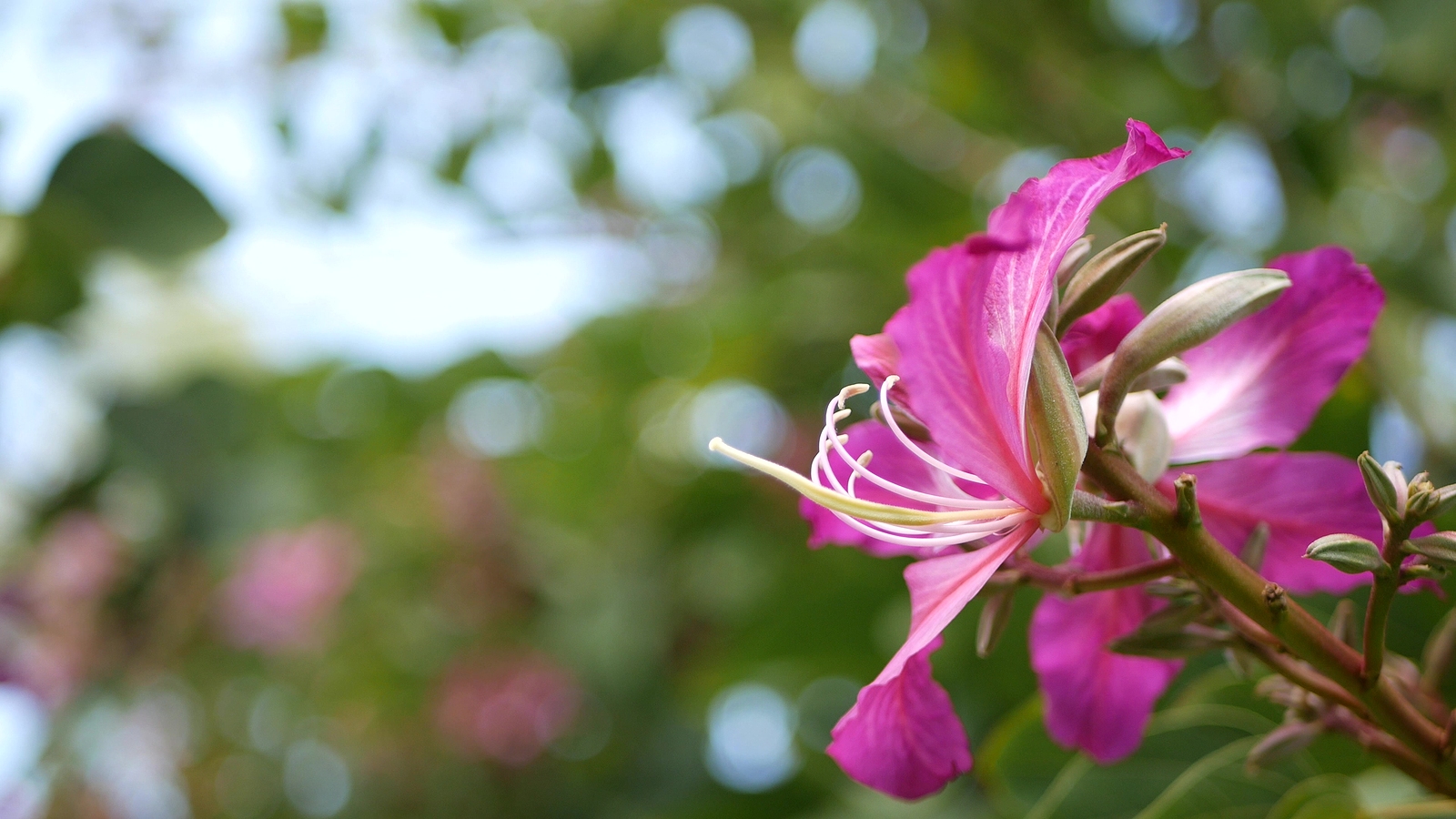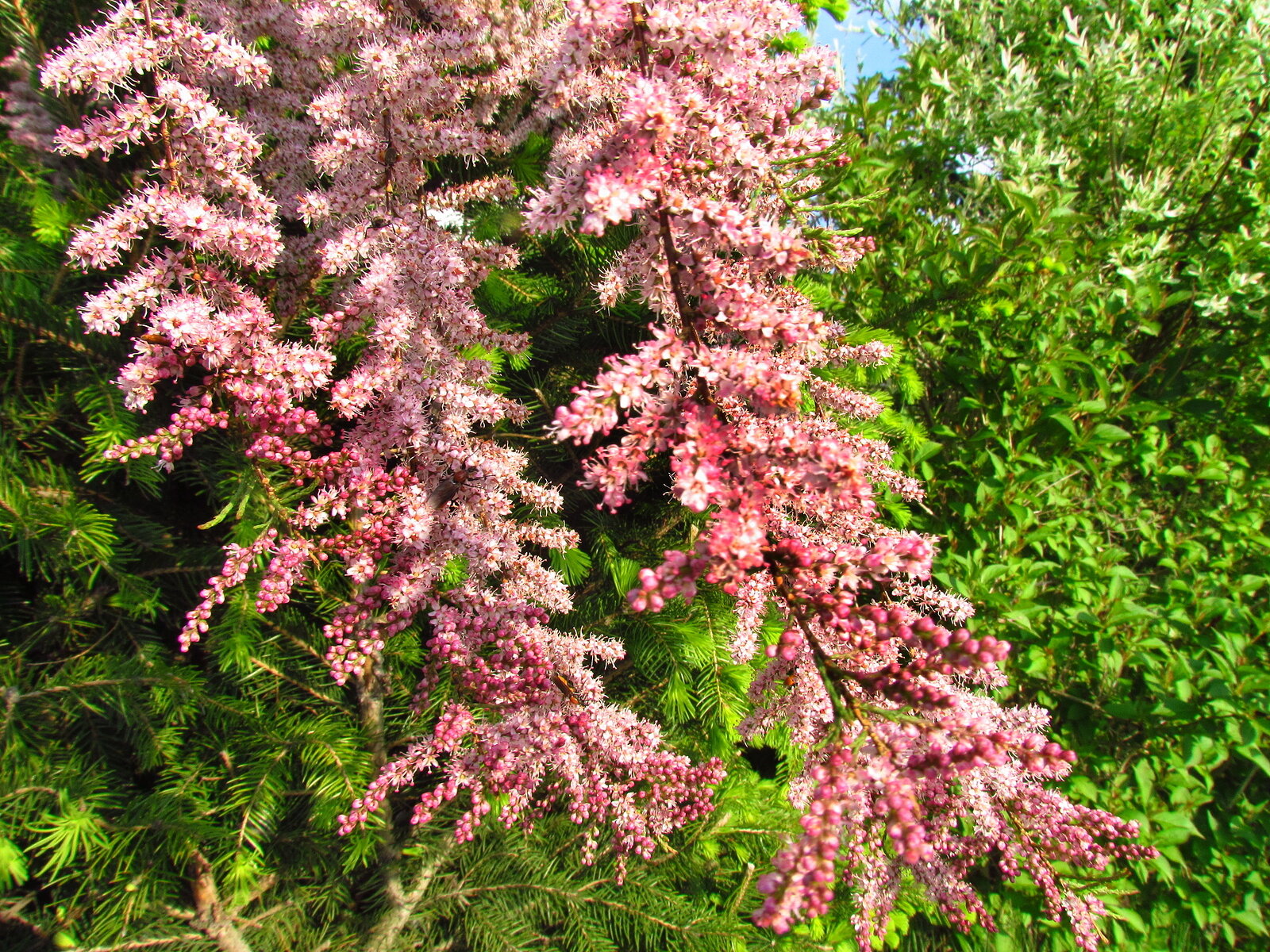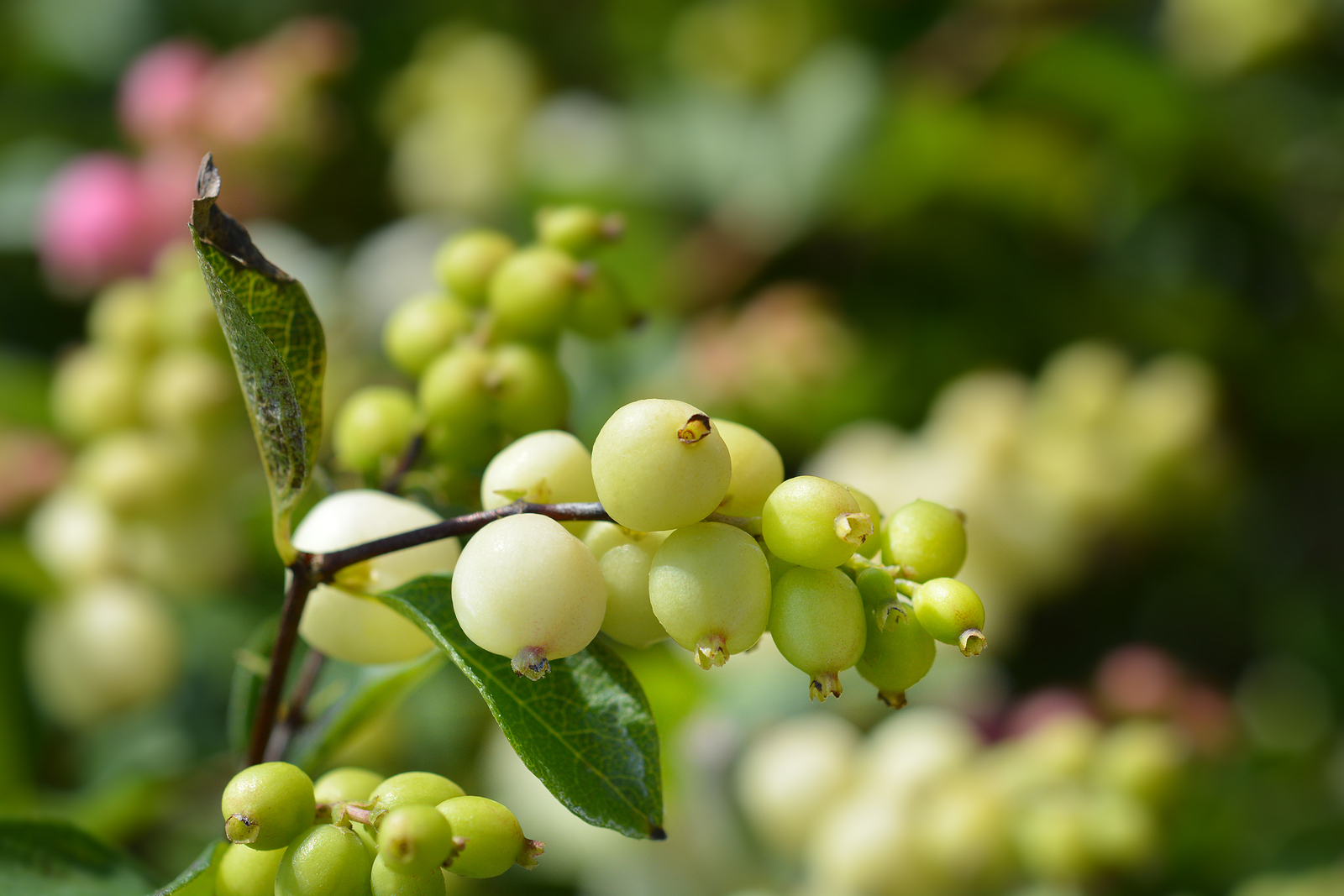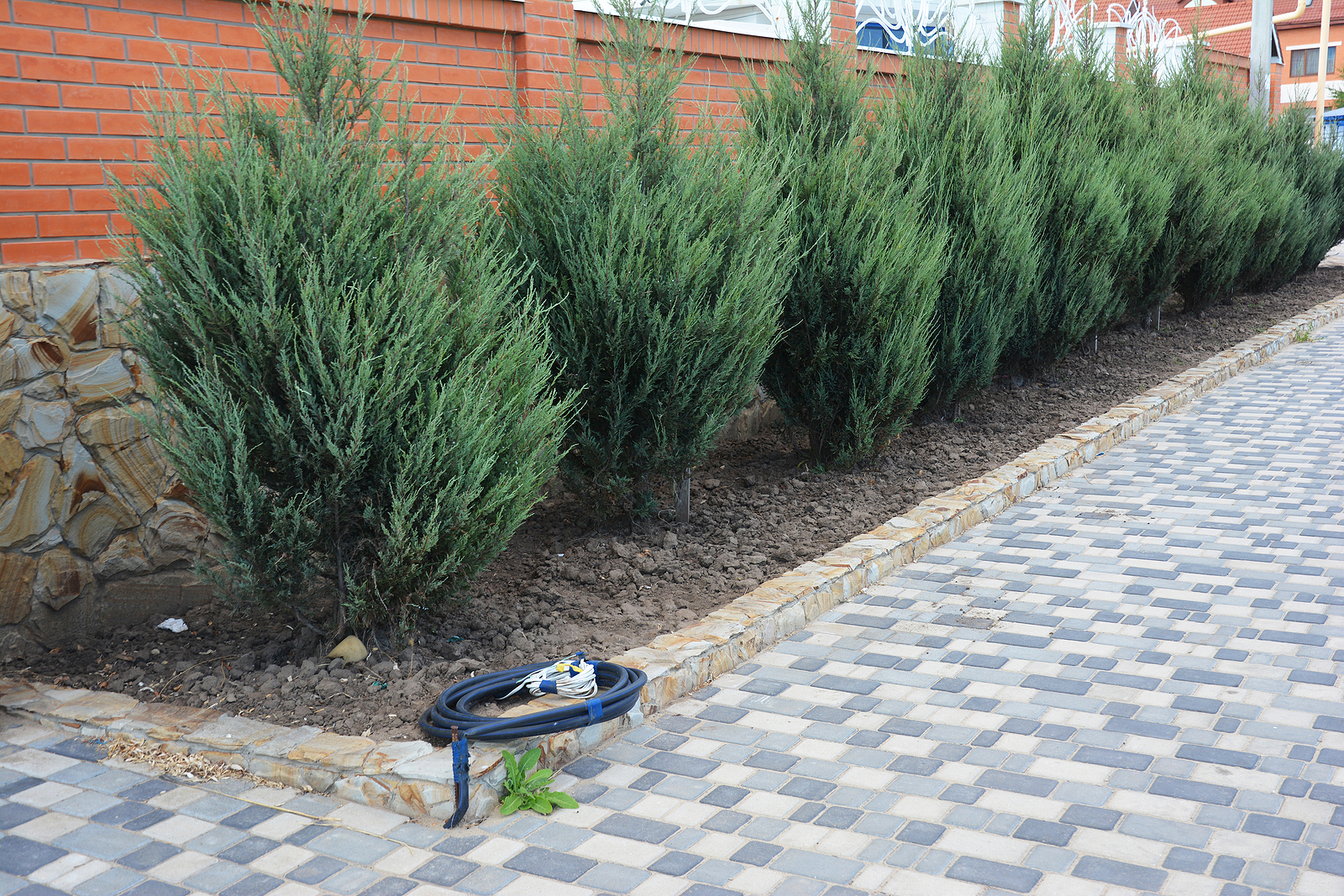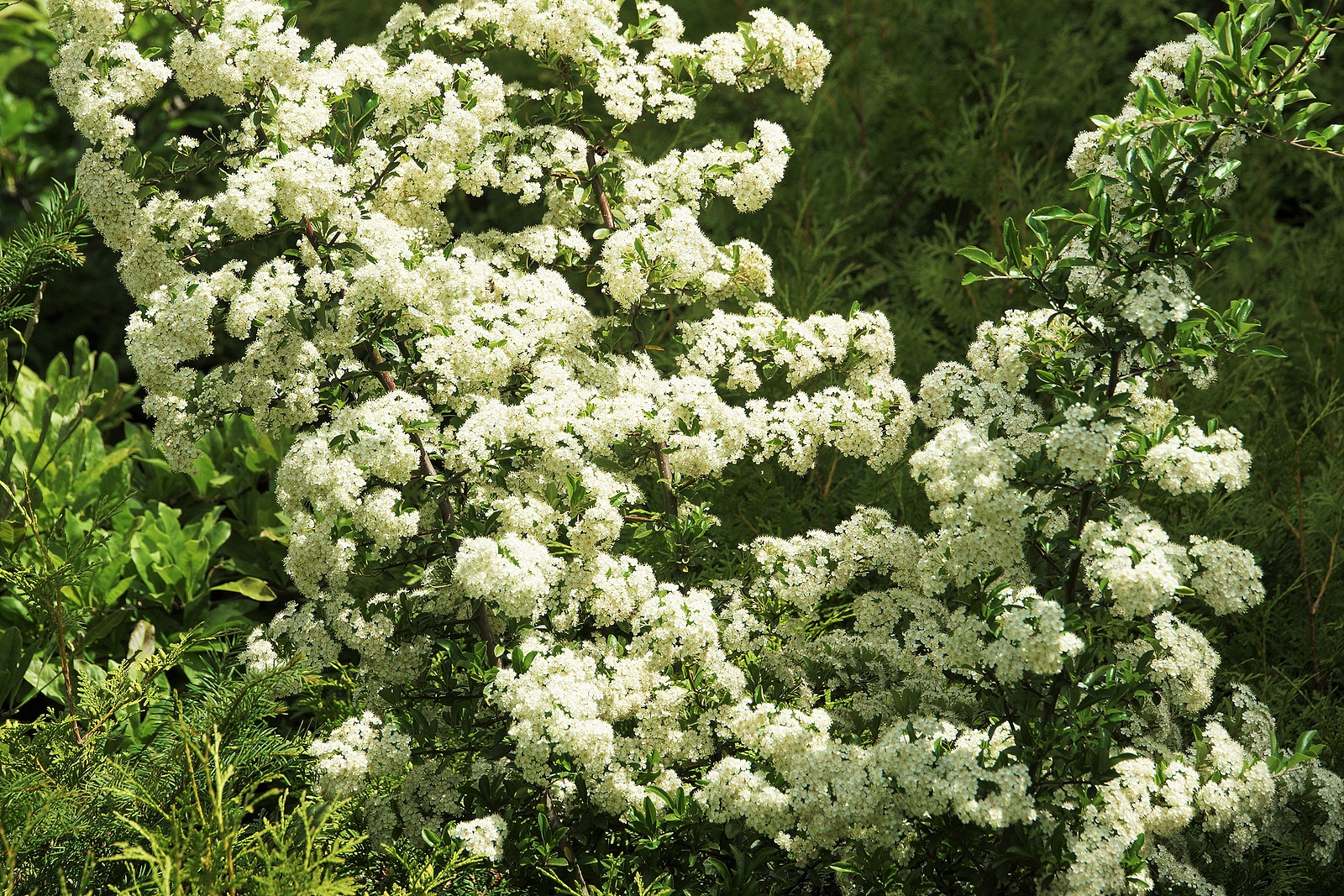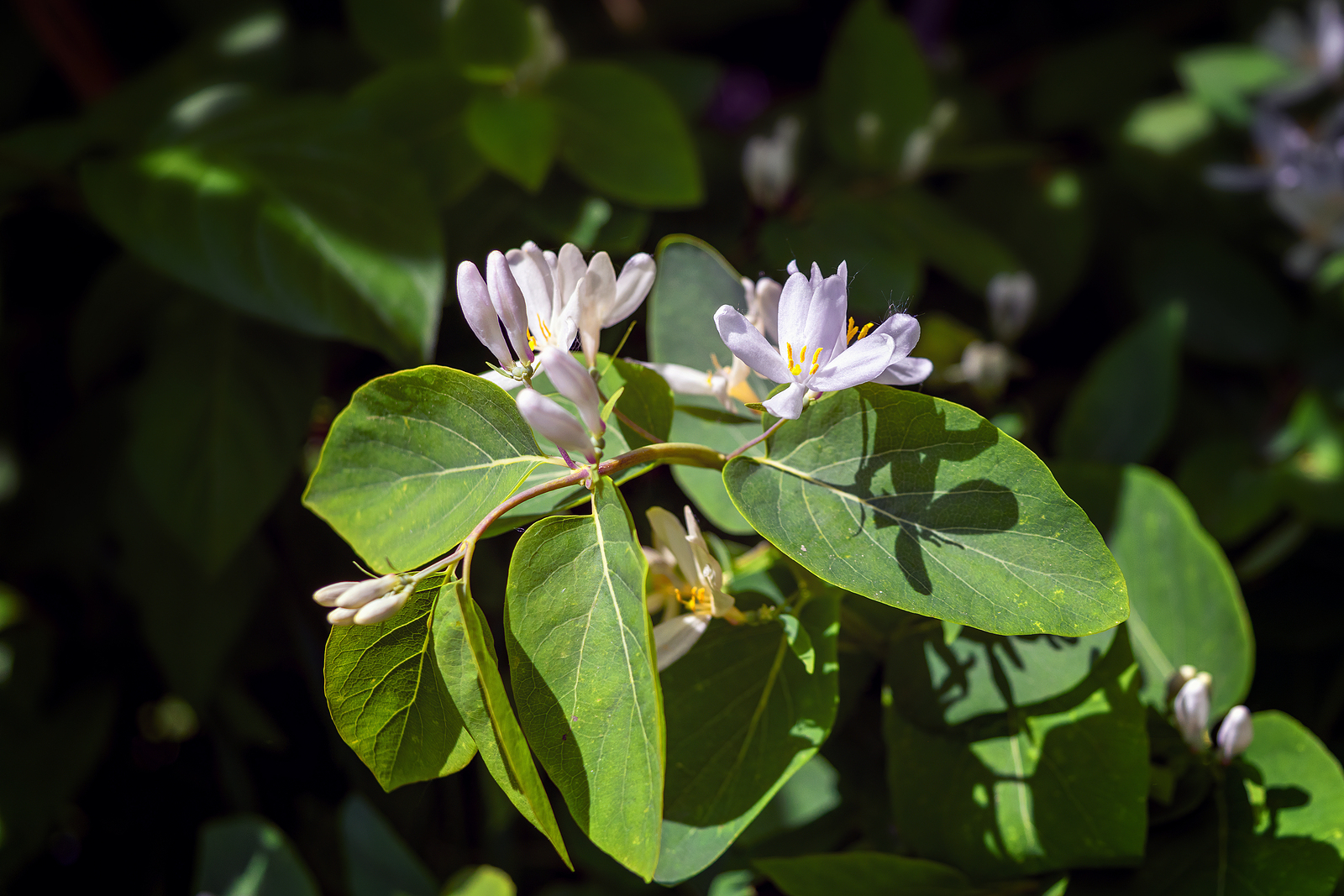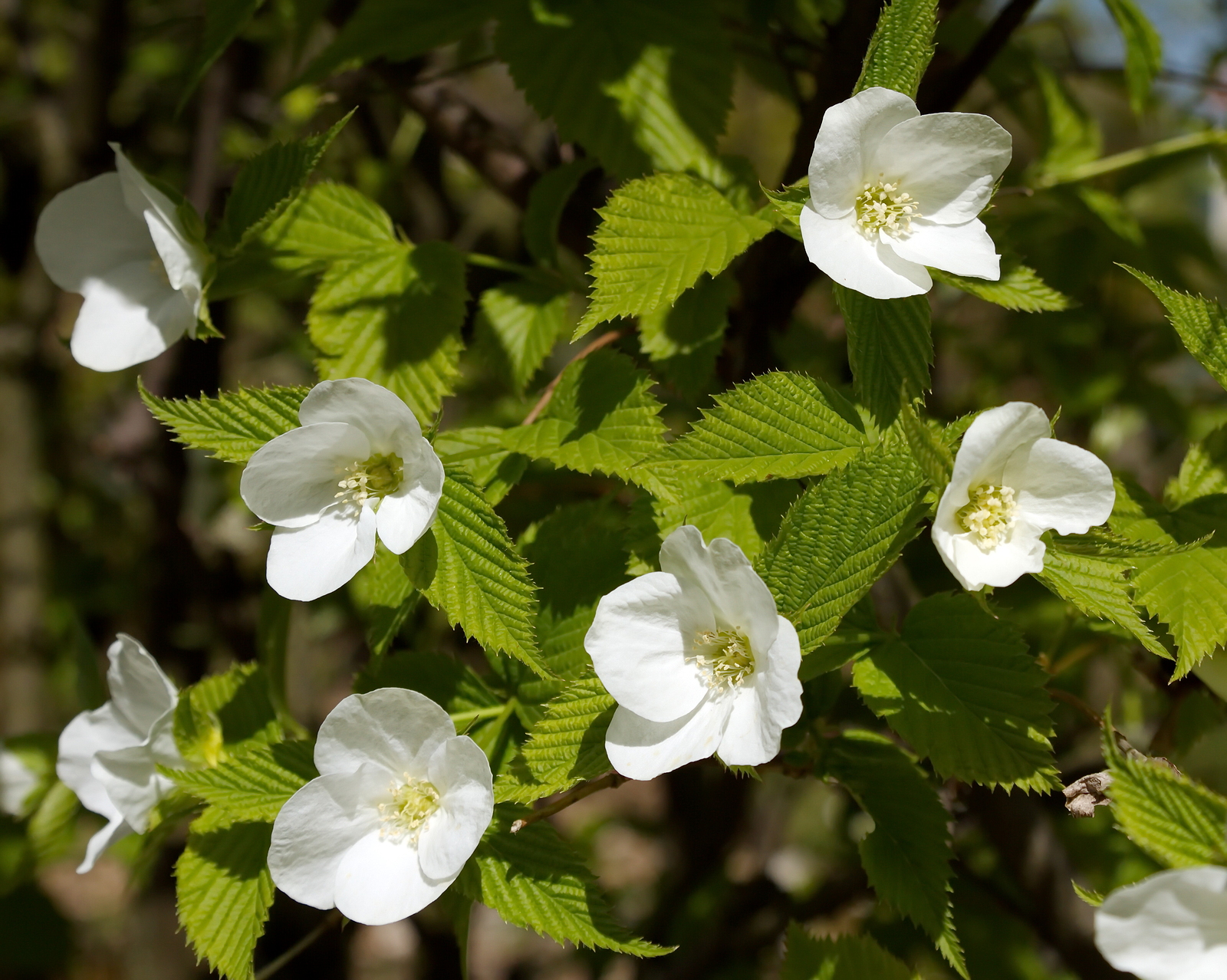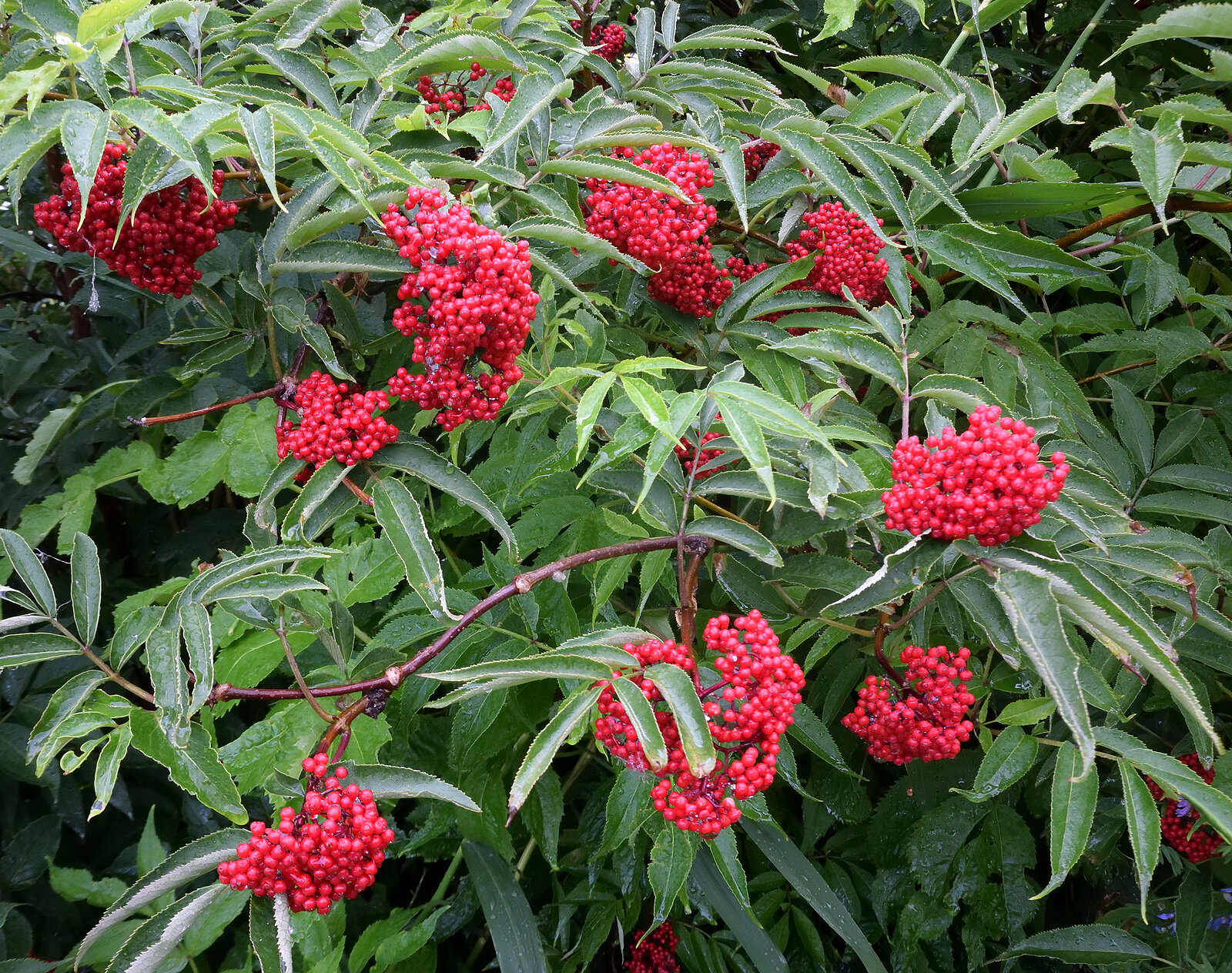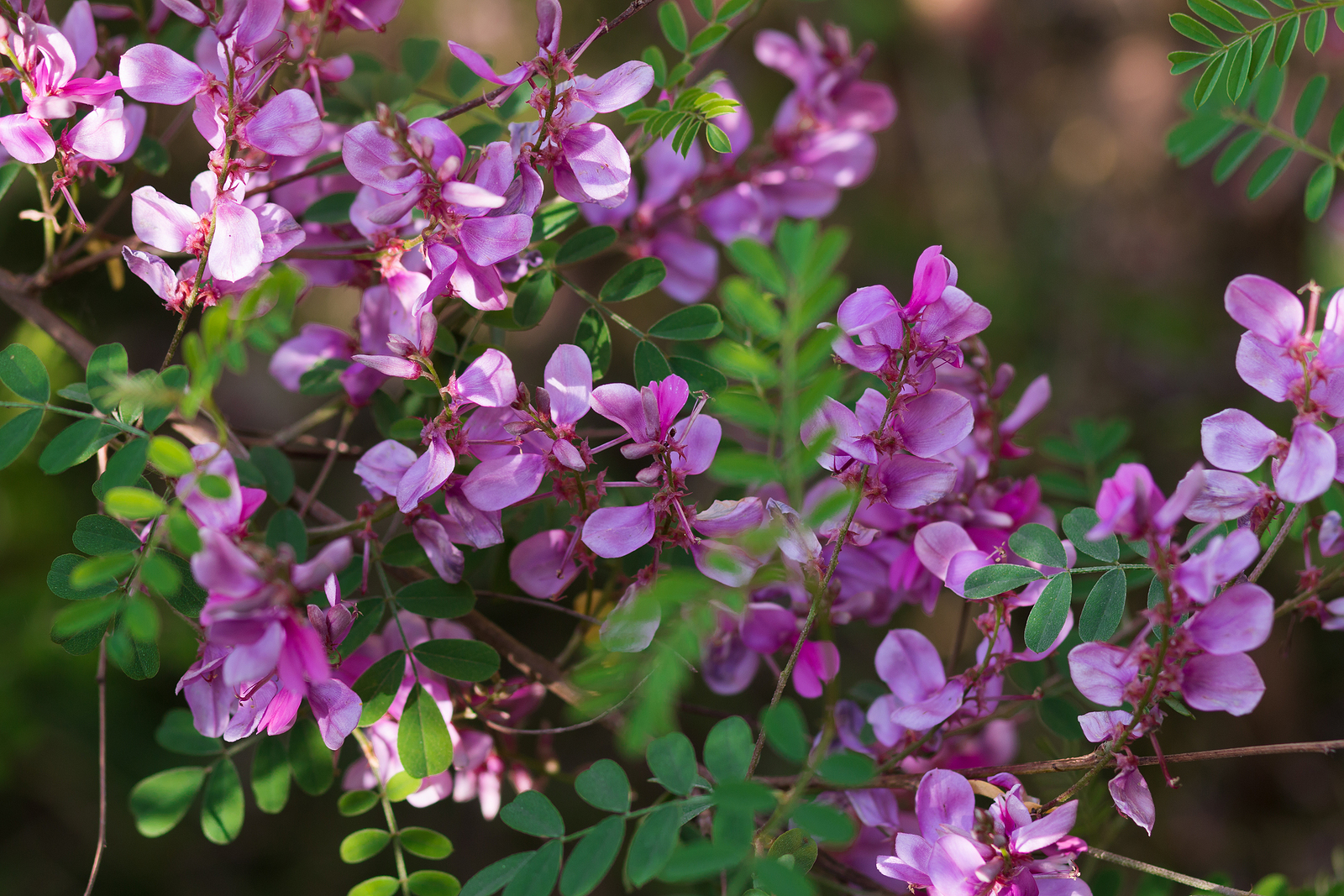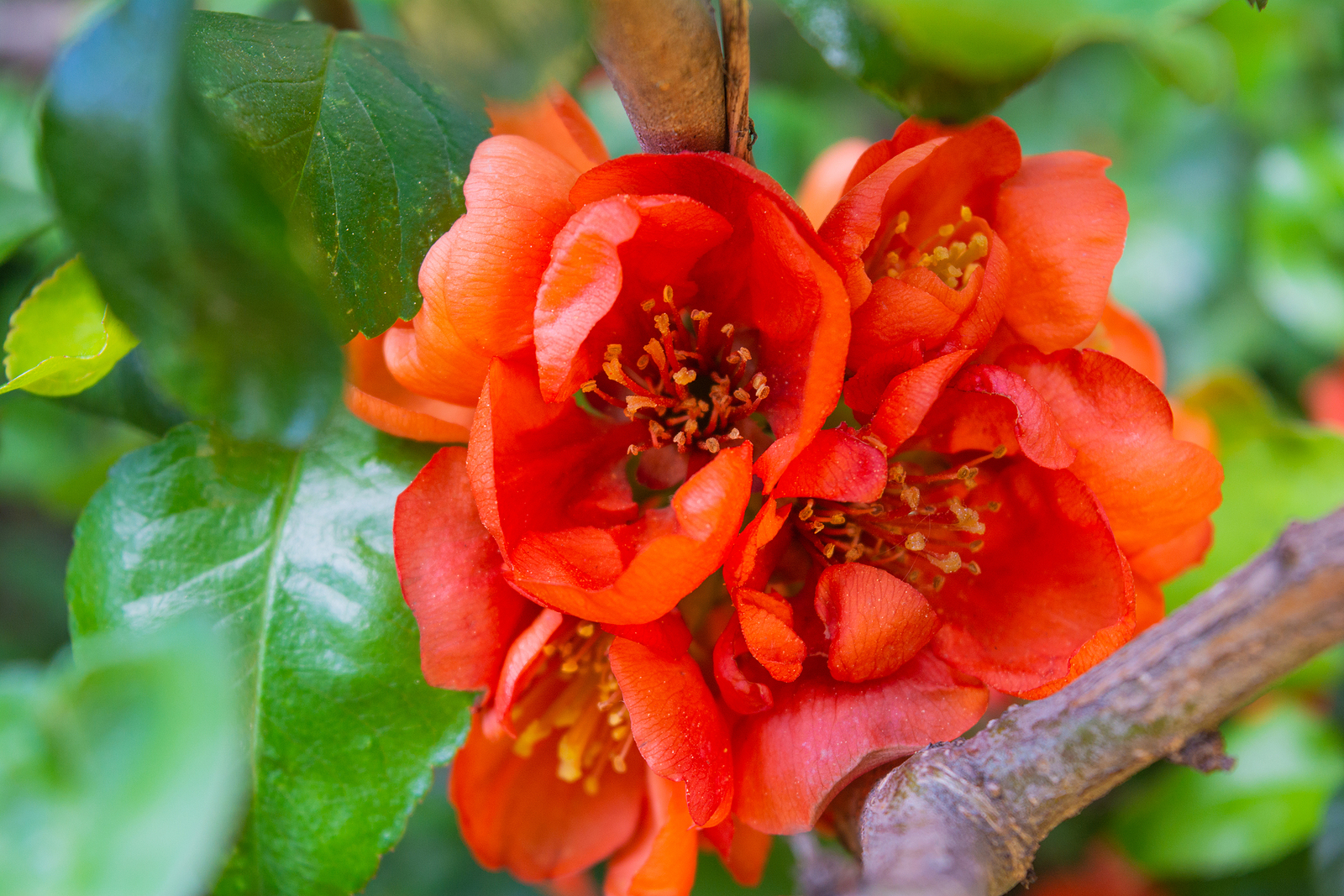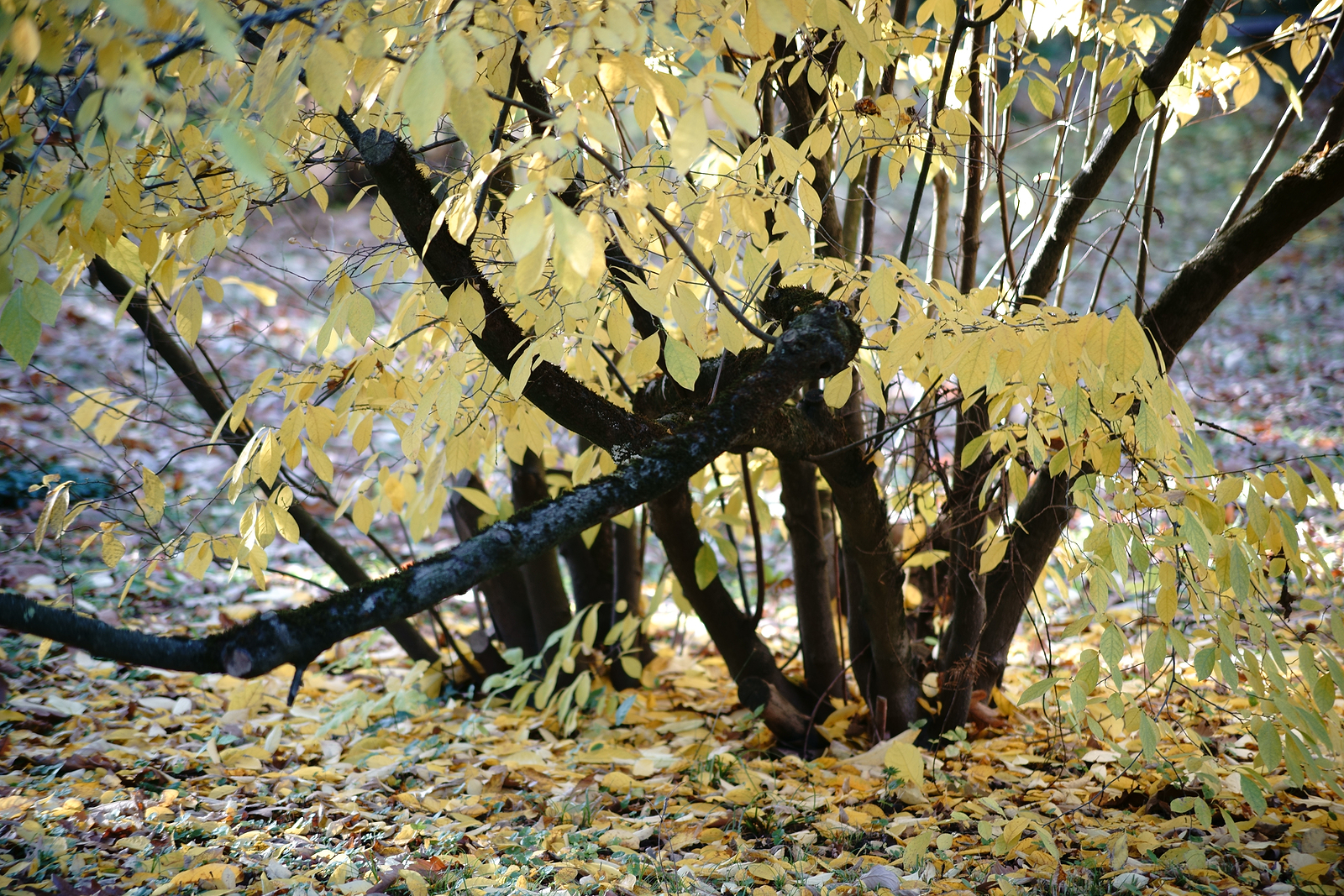How to Grow Bauhinia – Brazilian Butterfly Tree
Bauhinia–commonly called orchid tree or Brazilian butterfly tree–are large shrubs and trees commonly grown for their orchid-like flowers. Bauhinia are tender plants grown in Hawaii, central and southern Florida, and mild-winter areas of California and Arizona. Bauhinia is not fussy about soil as long as the soil is well-drained. Bauhinia is a genus of about […] More

